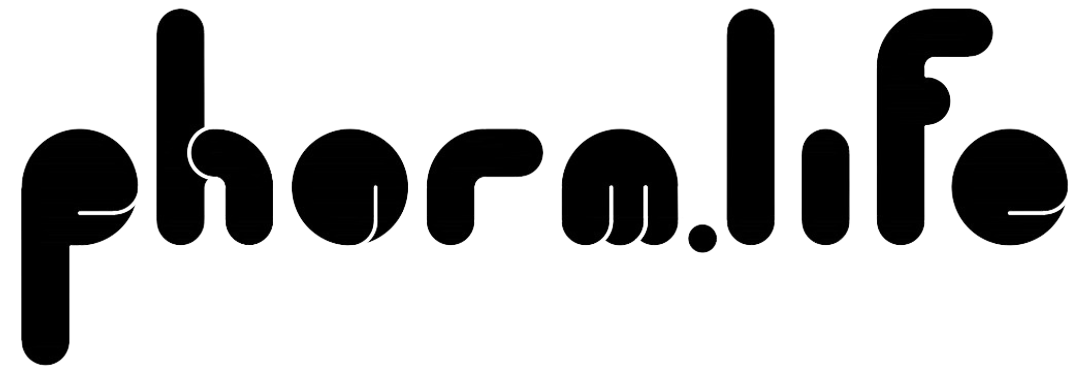editorial criteria for manifesto articles on phorm.life
a. a manifesto demonstration is a statement of principles, beliefs, intentions, opinions, perspectives, professional analyses, visual/photo demonstrations, multimedia materials, or visions that conveys a powerful message. its primary aim is to inspire, provoke thought, and mobilize and/or stimulate the readers' interest around a cause or idea.
in the context of phorm.life, an article can be a text that highlights an essential aspect of architecture, design, music, photography/video, dance, or any form of art that influences contemporary perceptions and paradigms. it should propose an alternative vision beyond what is commonly "trending", offering a perspective that transcends daily conventions, bringing a new horizon of thought.
b. suggested structure for a manifesto article
title – impactful, provocative with a maximum of 6-8 words.
subtitle – a phrase that provides context or clarifies the article's intention.
well-organized paragraphs – the structure of the article must follow a clear logic, with sections marked by subheadings to facilitate readability.
tone – passionate, respectful, persuasive, and compelling – the writing should strike a balance between reason and emotion, reinforcing a strong vision. Each section should be well-argued and encourage reflection.
length – between 700 and 1,200 words (5-7 minutes of reading time), ensuring a balance between detail, clarity, and conciseness—long enough to explore the subject without losing the reader’s attention.
article structure: introduction > problem statement > declaration of principles > call to action > strong conclusion
c. language guidelines
to ensure that content remains respectful, inclusive, and accessible to a diverse audience, the following language guidelines must be observed:
1. respect for diversity
1.1. race and ethnicity: avoid stereotypes, generalizations, or references that may diminish, exoticize, or offend any ethnic group. example: instead of "simple people," use "diverse communities";
1.2. religion and beliefs: address religious or spiritual beliefs with respect, avoiding irony or generalized assumptions about how they should be practiced.
1.3. nationality: refrain from using language that may create bias or imply cultural superiority.
2. gender and sexual identity
2.1. voiding binary language: use inclusive terms such as "people" or "individuals" instead of "men and women" whenever possible.
2.2. respecting gender identity: avoid assumptions about gender and use correct pronouns when known.
2.3. sexual orientation: do not presume a person’s sexual orientation, and avoid expressions that may appear condescending or discriminatory.
3. financial and social status
3.1. neutrality: avoid language that could be perceived as dismissive or derogatory toward individuals of different economic backgrounds. example: instead of "the pursuit of luxury," use "the attraction to material comfort."
3.2. avoiding financial shaming: do not criticize lifestyles based on economic status.
4. physical and mental health
4.1. sensitive language: avoid terms that trivialize or diminish health conditions. example: instead of "obsession," use "intense fascination" or "deep interest."
4.2. avoiding stigmatization: do not associate behaviors with mental health conditions unless the context is educational and informative.
5. intellectual inclusivity
5.1. clarity and accessibility: avoid excessive jargon or elitist phrasing; if complex concepts are used, provide clear explanations to make them more accessible.
5.2. avoiding superiority in language: instead of using expressions that imply "absolute correctness" (e.g., "only an ignorant person would believe this"), opt for more open statements (e.g., "it may be easy to have this perception, but...").
6. political and cultural neutrality
6.1. non-partisanship: avoid language that could be perceived as favoring a particular political ideology or cultural movement, unless the article has a clearly defined purpose in this regard.
6.2. cultural sensitivity: respect cultural diversity and avoid ridiculing traditions.
7. avoiding polarization
7.1. constructive tone: do not use aggressive language that may incite division or antagonism. instead of "you should never do this," use "an alternative approach could be..."
7.2. neutral language: avoid extreme qualifiers such as "ridiculous," "absurd," or "completely wrong."
8. sensitive historical content
8.1. historical trauma: topics related to war, colonization, genocide, or other traumatic events should be addressed with an informative and respectful tone. trivialization or excessive dramatization must be avoided.
8.2. personal trauma: do not include anecdotes that may trigger strong emotional responses unless presented within an appropriate and sensitive context.
9. examples and practical suggestions
9.1. avoiding clichés: refrain from using expressions that may appear superficial or generalized, such as "everyone does this" or "no one would ever do that."
these guidelines help ensure that content on phorm.life remains respectful, thoughtful, and accessible to a diverse global audience.
d. illustrations & visual material / content
articles should be accompanied by 3-10 relevant, high-quality images (minimum 1800 px width) that complement and reinforce the message conveyed.
images must be original or used with the explicit permission of the author. all visual materials must include proper source and context information.
we accept photographs, diagrams, illustrations, or other visual materials that enhance the value of the content.
e. editorial policy:
copyright & publication rights: authors retain full copyright ownership of their material but grant phorm.life the right to publish and promote the content (further details will be specified in the contract).
selection process: all submissions are carefully reviewed, but not all articles will be published.
remuneration: only articles accepted for publication will be compensated.
f. accepted formats:
text: articles can be submitted in .docx, .pdf, or via a direct online document link.
images: visual files should be submitted via google drive, dropbox, or other similar platforms.
